In the world of work trucks, there’s no room for pretenders. Whether you’re on a dusty construction site, towing a heavy trailer across the state, or simply trying to get to a job with tools in the back and reliability under the hood, your truck isn’t just a vehicle—it’s a critical part of your livelihood.
And when you’re depending on a machine to be there day in and day out, the last thing you need is something fragile, finicky, or flashy without substance. A good work truck doesn’t ask for attention. It just shows up, does the job, and keeps going—mile after mile, year after year.
Unfortunately, not all trucks are created equal, and for every legendary model that stands the test of time, there’s another that barely makes it past the warranty before falling apart.
In a market flooded with options, from stripped-down base models to luxury-laden rigs with enough tech to rival an office, it can be difficult to separate true workhorses from cleverly marketed liabilities. Some trucks boast aggressive styling, big torque numbers, or next-gen features that look impressive on the showroom floor.
But the real test begins when the odometer climbs, the suspension sags under heavy load, and the paint is hidden under years of dust and grit. That’s when the true character of a truck is revealed. Will it keep starting on cold mornings?
Will the transmission hold up under real-world towing conditions? Will you be spending weekends behind the wheel or under the hood? These are the questions that matter to contractors, farmers, electricians, and hard-working tradespeople everywhere.
This article is a deep dive into two very different lists: five trucks that have rightfully earned reputations as nearly indestructible, and five that became frequent flyers at junkyards and auctions well before their time.
The winners are based on real-world performance, long-term durability, and the kind of mechanical simplicity that lets them outlive trendier, more complicated competitors.
These are the trucks that mechanics praise, that owners pass down to their kids, and that hold value better than some luxury cars. Whether they feature bulletproof diesel engines, rugged chassis designs, or just good old-fashioned overengineering, these are the rigs that never seem to quit.
Also Read: 5 Trucks With the Best Cold Weather Reliability and 5 That Freeze Up Fast
On the flip side, the losers on this list—what we’re calling “junkyard specials”—represent cautionary tales. They might have looked good in commercials or had promising spec sheets, but once put to the test, they revealed glaring flaws.
From underperforming engines and weak transmissions to rust issues and poor quality control, these trucks often left their owners frustrated, stranded, or reaching deep into their pockets for repairs. In many cases, it’s not just about one bad model year—it’s a systemic issue across a generation that caused these trucks to earn their negative reputations.
We’re not pulling from glossy brochures or short-term reviews here. This is based on long-term trends, owner feedback, fleet usage data, and the hard-earned knowledge of those who’ve actually used these trucks in demanding environments.
This isn’t about which truck has the biggest infotainment screen or the sleekest design. It’s about which ones keep moving after 200,000 miles and which ones start breaking down before you’ve even paid them off.
So, whether you’re shopping for your next reliable rig or just curious about which old pickups have stood the test of time, read on. You might be surprised which names show up in the “forever” category—and which ones are already rusting away behind a scrapyard fence.
Work Trucks That Stand the Test of Time
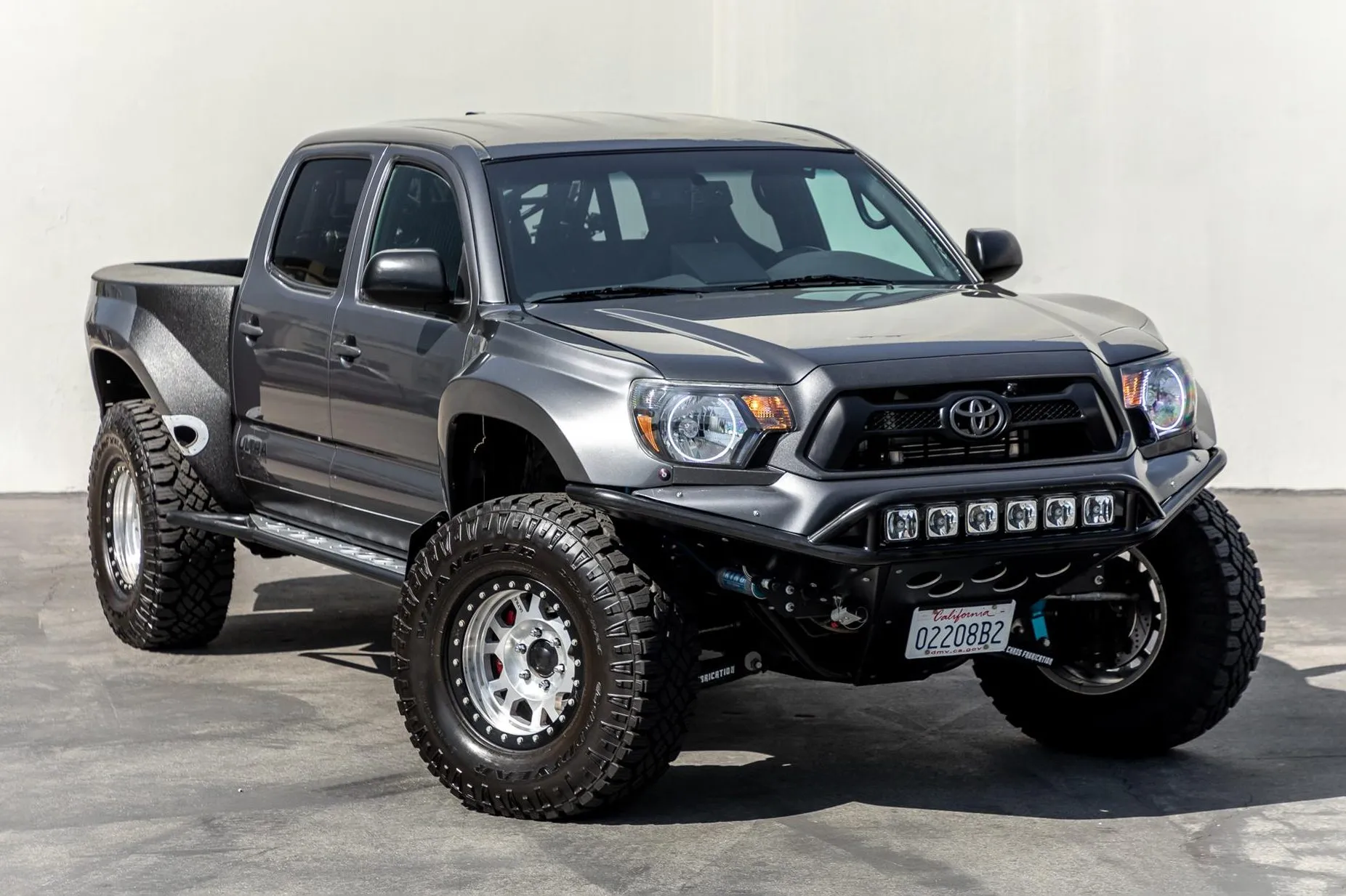
1. Toyota Tacoma
The Toyota Tacoma, particularly its first and early second-generation models, has earned a nearly mythical reputation for durability.
Designed with simplicity and function in mind, the Tacoma didn’t try to be flashy—it just worked. Whether used for light-duty hauling, off-roading, or daily work commutes, these trucks became icons of longevity.
The 2.7L 4-cylinder engine and the 3.4L V6 were known for their long life, often pushing past 300,000 miles with basic maintenance. Their manual transmissions rarely failed, and even the automatic options were sturdy.
Tacomas also resisted the creeping complexity that often shortens the life of modern trucks. Minimal electronics meant fewer failure points. Rust was a concern in some northern states, but Toyota responded with extended frame rust warranties for certain years, further cementing their commitment to quality.
Fleet buyers, rural tradesmen, and overland enthusiasts flocked to the Tacoma not because it was the cheapest option, but because it was the one they could trust for the long haul.
Even decades later, used Tacomas from the late ‘90s and early 2000s hold their value remarkably well. That’s no coincidence. It reflects the confidence buyers have in these machines. If you needed a small to midsize truck that could tackle tough work, survive neglect, and still be ready the next day, the Tacoma consistently delivered.

2. Ford F-250 Super Duty
Ask any diesel enthusiast or heavy-duty truck owner which workhorse engine they trust most, and odds are the 7.3L Power Stroke will come up.
Found in the Ford F-250 and F-350 Super Duty trucks from 1999 to 2003 (though some similar designs extended to 2007 in certain configurations), this diesel engine has achieved near-legendary status for its brute strength and durability.
These trucks were built during an era when Ford focused on creating purpose-built work vehicles, and it shows. The frame was beefy, the suspension was rugged, and the drivetrain components were built to take abuse.
The 7.3L engine is known to regularly clock 400,000 miles or more with standard maintenance. It’s not the fastest or most refined diesel ever made, but it’s one of the most dependable, and that counts for everything when you’re hauling tools or trailers.
The F-250s from this era also offered a level of simplicity that later trucks abandoned. Fewer sensors, simpler emissions systems, and less electronic interference made them easier and cheaper to maintain.
For construction crews, farm operations, and commercial fleets, this truck became a staple—and it still holds value in the used market because of its bulletproof powertrain.
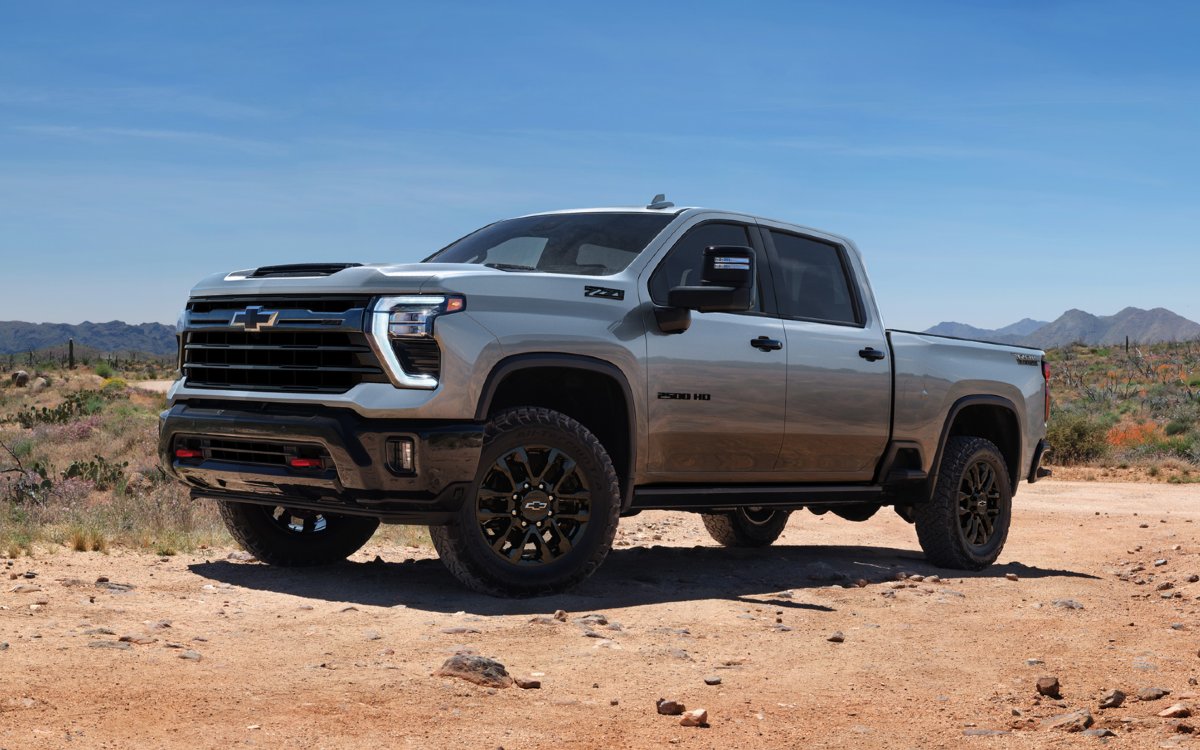
3. Chevrolet Silverado 2500HD
When GM introduced the Duramax diesel line, starting with the LB7 in 2001, they changed the perception of Chevy as a second-tier heavy-duty truck brand. The 2500HD from this era brought serious power, smart design, and long-haul dependability to the table.
The LB7 engine was relatively clean, powerful, and durable when paired with the Allison 5-speed automatic transmission. These trucks were tough, especially for long-haul towing or daily jobsite use.
One major selling point was the Duramax-Allison combo—arguably one of the best powertrain marriages in the diesel world. The Allison transmission was overbuilt for the era and took abuse in stride. While the LB7 had injector issues in early years (eventually remedied by GM), most well-maintained versions run for hundreds of thousands of miles. The following LLY variant improved on some of the weaknesses while keeping the core strengths intact.
Owners also appreciated the solid ride quality and relatively quiet cabin for a work truck. These trucks offered performance and comfort in one package, making them suitable for both work and long drives between jobs. They’re still commonly seen on the road today, often with 200K+ miles and going strong.
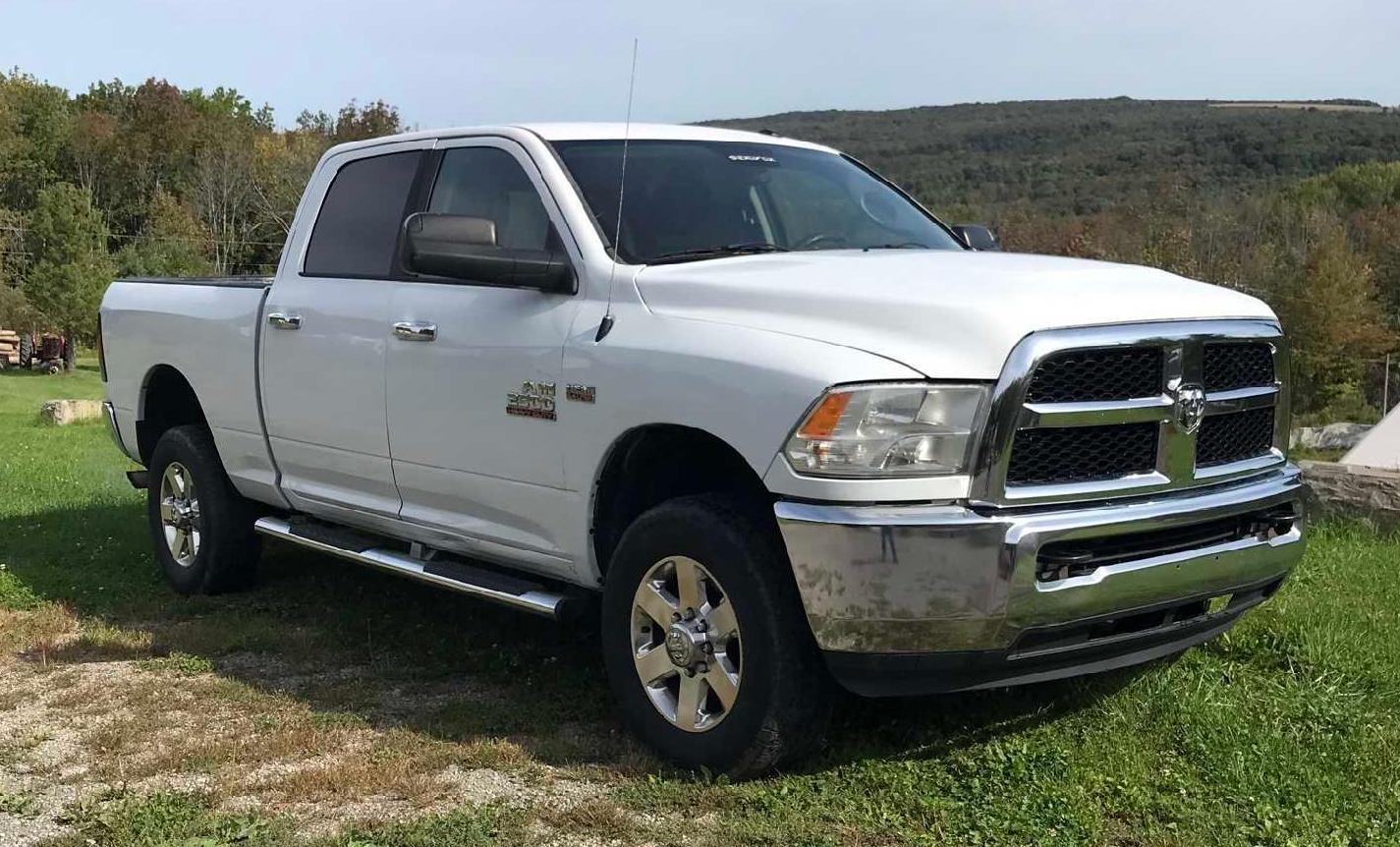
4. Dodge Ram 2500/3500
The 5.9L 12-valve Cummins diesel in Dodge’s second-gen Ram pickups wasn’t just an engine—it was a movement. Renowned for its tractor-like toughness, mechanical simplicity, and enormous torque output, this inline-six powerplant turned Ram trucks into serious contenders in the work truck space.
These engines were capable of running to 500,000 miles and beyond with little more than oil changes and fuel filter replacements.
Unlike the electronically controlled diesels that followed, the 12-valve Cummins was entirely mechanical, making it easy to work on and nearly immune to the electronics gremlins that plagued later trucks. Its rugged cast-iron construction and Bosch P7100 injection pump are often cited as some of the best components ever put into a diesel truck.
The rest of the truck wasn’t quite as bulletproof—the automatic transmissions were known to struggle under heavy loads unless beefed up—but the engine was often worth the trouble. Enthusiasts and work truck owners alike continue to seek these trucks out, sometimes even swapping the 12-valve into newer bodies for the best of both worlds.
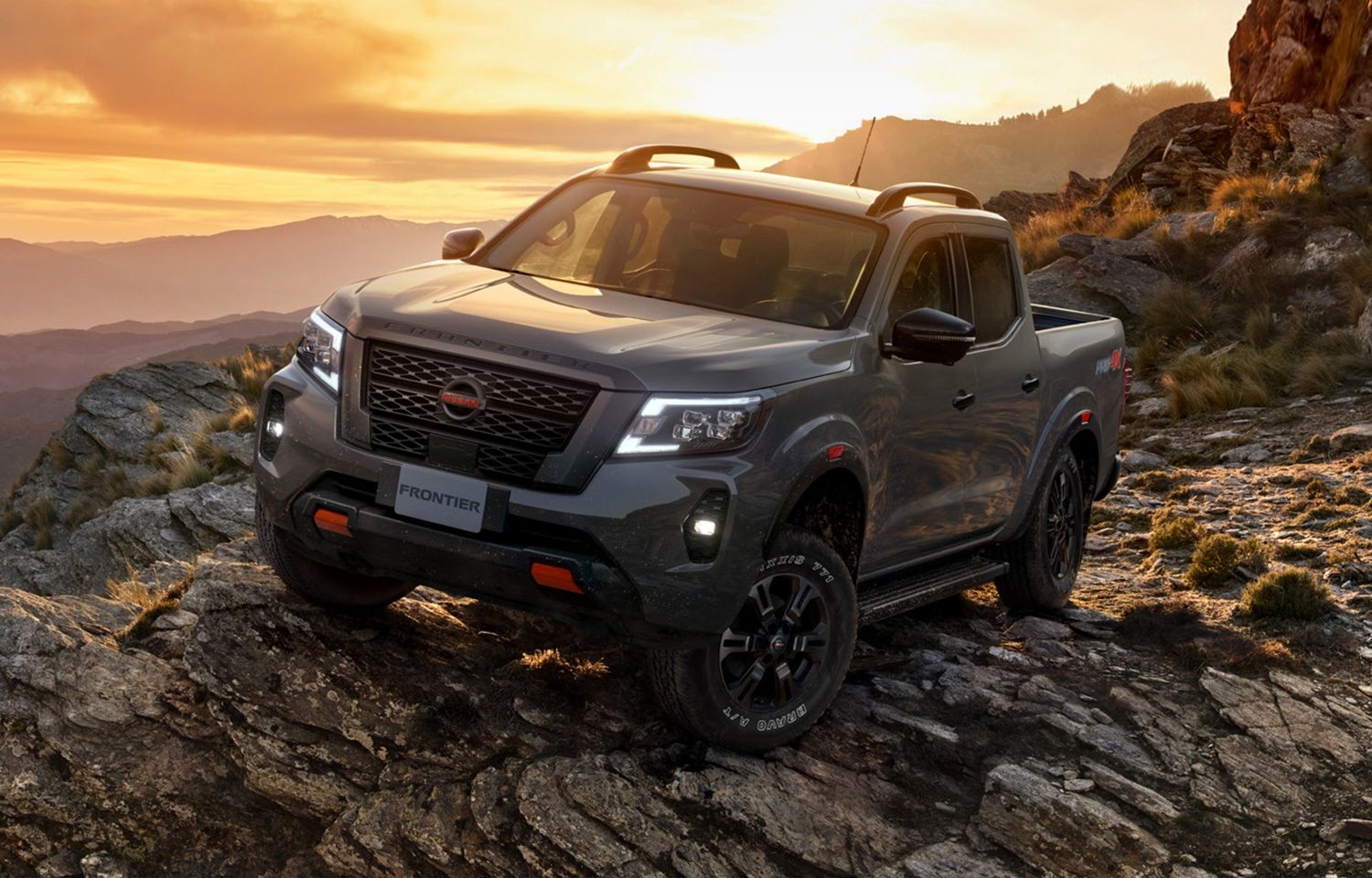
5. Nissan Frontier
While not often the first name in the full-size work truck conversation, the Nissan Frontier deserves a spot on the “forever” list for those needing a dependable midsize option.
The second-generation Frontier, especially with the 4.0L V6 engine, earned a reputation for being tough, basic, and incredibly reliable. It may lack the flash and fame of the Tacoma, but it’s no less durable in real-world use.
These trucks used a sturdy ladder frame, robust suspension, and a no-nonsense design. The V6 engine could go well past 250,000 miles with minimal fuss, and the manual transmission versions were particularly durable.
Owners loved how little drama came with these trucks—no weird electronics, no finicky sensors, and maintenance was affordable and straightforward.
Work fleets, service techs, and rural users came to trust the Frontier for its rugged build and honest utility. It wasn’t the most comfortable or advanced truck on the market, but that’s exactly why it lasted so long.
Nissan gave it a basic formula and stuck to it, proving that sometimes “good enough” is exactly what you need when it comes to work vehicles.
Trucks That Just Didn’t Hold Up
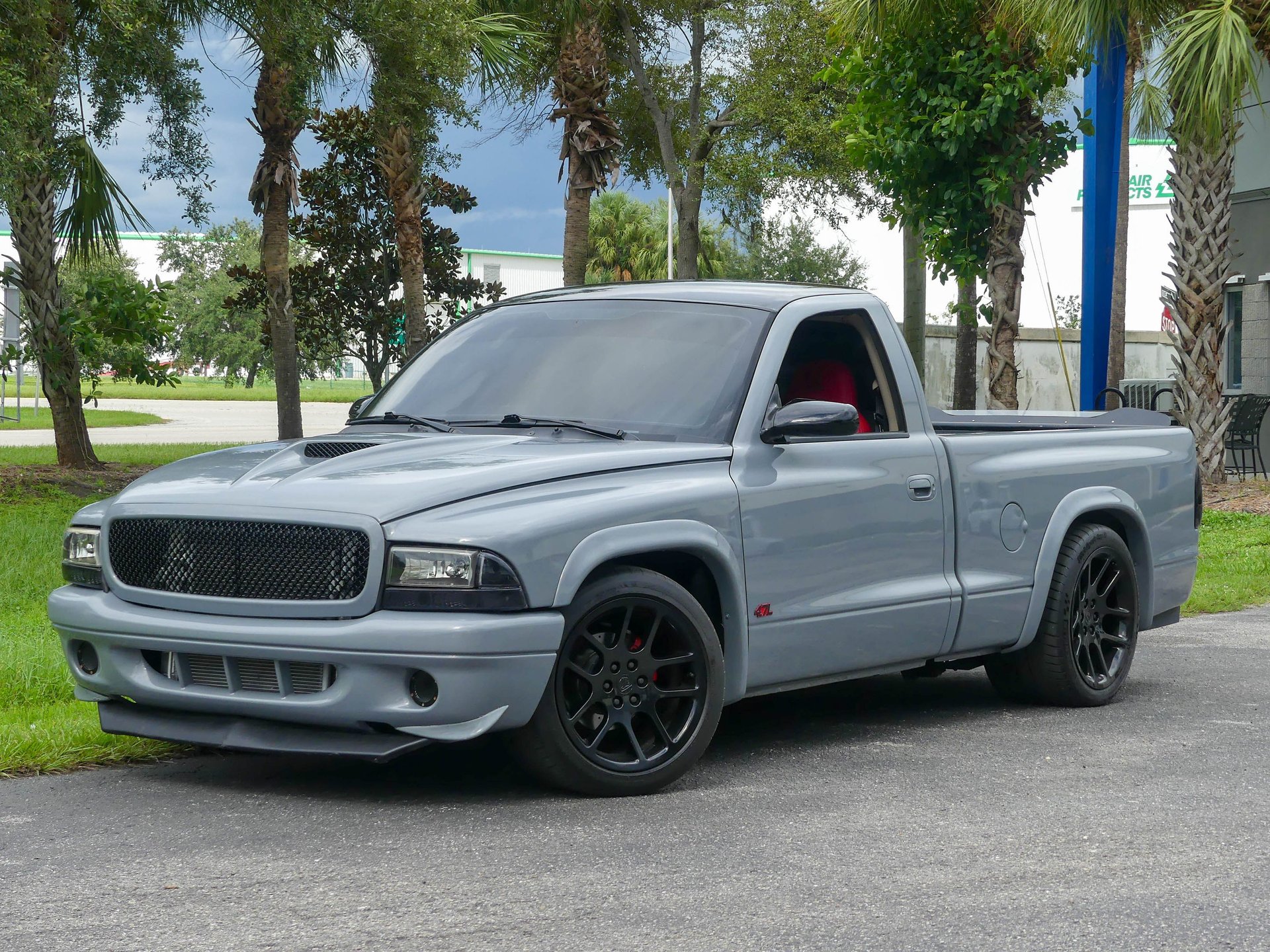
1. Dodge Dakota
The Dodge Dakota was supposed to be the perfect in-between—bigger than a compact truck, smaller than a full-size, with optional V8 power. On paper, it sounded great.
In reality, it became one of the most commonly seen trucks in scrapyards. From engine problems to transmission failures and rust issues, the Dakota rarely lived up to the expectations placed on it.
The early 2000s models suffered from a series of reliability issues, particularly with the 4.7L V8, which was prone to overheating and sludge buildup. The automatic transmissions were fragile under load, and many of the interior components wore out prematurely.
Build quality was inconsistent, and electrical issues became commonplace. For tradesmen who bought the Dakota thinking they were getting a tough, versatile mid-size truck, it was a major letdown.
Many were retired early due to high repair costs that just weren’t worth it compared to the truck’s declining value. By the end of its run, the Dakota was a shadow of its intended purpose—a promising idea with poor execution.

2. Chevrolet Colorado/GMC Canyon
When General Motors introduced the first-generation Chevrolet Colorado and its twin, the GMC Canyon, they were aiming to replace the long-running and much-loved S-10 compact truck.
Unfortunately, the replacement fell short of expectations in almost every category that matters to work truck buyers: durability, reliability, and long-term value. These trucks suffered from a series of design flaws that made them regulars at junkyards well before their time.
The early engine options, particularly the 3.5L and 3.7L inline-5 “Atlas” engines, were a major source of complaint. While unique in concept, these engines were plagued by timing chain issues, misfires, and poor longevity.
It was an odd choice for a work truck engine and lacked the low-end torque and simplicity that the older V6s had offered in previous GM compacts. In addition, the 4-speed automatic transmission available in most models was underwhelming and fragile under strain, particularly when used for towing or hauling beyond light-duty tasks.
Build quality in general left a lot to be desired. The interior materials were some of the cheapest in GM’s lineup at the time, and they wore down quickly, especially in fleet or commercial use. Suspension components such as ball joints, control arms, and bushings tended to fail early, often needing replacement before 100,000 miles.
Rust, particularly in northern states, became another common downfall, affecting frame components and body panels alike. While later generations of the Colorado would eventually redeem the name, the first-gen model left a sour taste in the mouths of many owners and fleet managers.
For those looking for dependable service from a mid-size work truck, the early Colorado and Canyon often proved to be money pits rather than investments.

3. Ford Ranger
It might surprise some to see the Ford Ranger on a list of underperforming work trucks, especially considering how beloved earlier generations were. But for the 2001–2011 models equipped with the 3.0L Vulcan V6, the truck’s weaknesses became apparent, particularly when compared to its more robust siblings and competitors.
This generation of Ranger had potential, but was held back by an aging engine design, mediocre performance, and a build quality that felt more like a cost-cutting exercise than a step forward.
The 3.0L V6 engine, while originally a solid workhorse in the late ‘80s and early ‘90s, was long past its prime by the 2000s. It lacked power and efficiency, struggling to handle anything beyond basic daily driving and light-duty tasks. Towing or hauling anything substantial made the engine feel sluggish and overstressed.
Moreover, the Vulcan V6 was known to develop persistent oil leaks, head gasket issues, and a tendency to eat through sensors and ignition components prematurely. In other words, it was an engine that made itself known for all the wrong reasons when placed in the Ranger’s otherwise compact and lightweight frame.
Beyond the powertrain, the Ranger’s aging platform also showed its limitations. While the truck was easy to work on, it often needed that work far too frequently.
Suspension issues, weak rear leaf springs, and subpar brake components were common complaints, especially among tradespeople who expected their trucks to take daily punishment without protest.
Interior quality was another sore point, with plastic panels cracking and fading early, and basic creature comforts failing sooner than they should have.
While earlier Rangers are rightly remembered for their toughness, the final decade before the model’s initial discontinuation was marked by stagnation and declining quality, earning it a spot on this list of junkyard-bound trucks.
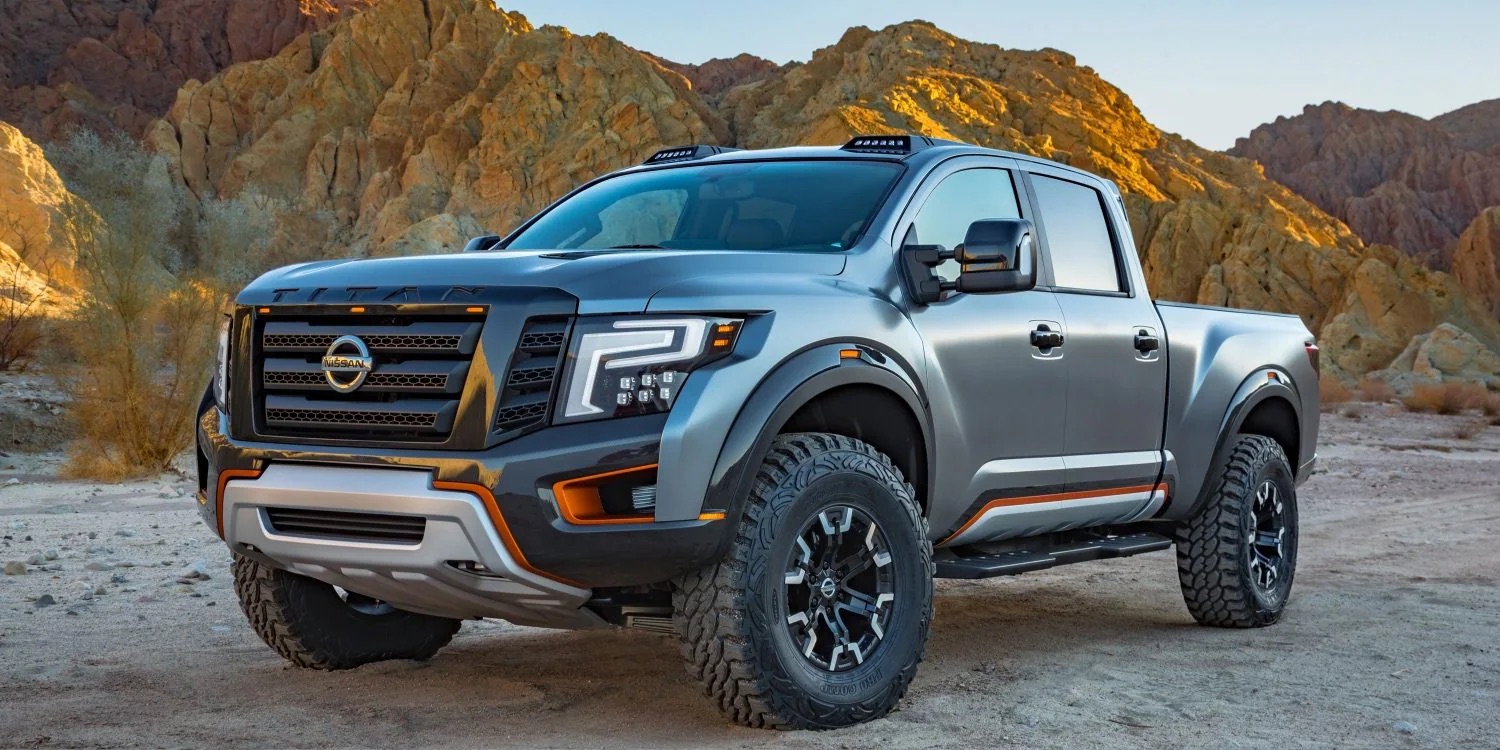
4. Nissan Titan
When Nissan launched the Titan in 2004, it was a bold move. The company was entering a market long dominated by Detroit’s big three, and the Titan looked promising on paper—a full-size truck with a brawny V8, a roomy cabin, and rugged styling.
Unfortunately, the Titan’s execution didn’t live up to its ambitions. Throughout its first generation, the Titan developed a reputation for premature wear, poor reliability, and lackluster build quality, especially when used as a true work truck.
At the heart of the Titan was the 5.6L V8 engine—powerful, yes, but not particularly refined or efficient. More troubling was the number of drivetrain issues that plagued this platform. Owners commonly reported problems with the rear differentials, often experiencing total failures well before the 100,000-mile mark.
The automatic transmissions were also prone to overheating and slipping when the truck was pushed to its supposed limits. For a truck marketed as a heavy-duty contender, the Titan’s mechanicals simply didn’t hold up under sustained stress, whether towing, hauling, or operating in hot or rugged environments.
Electrical issues were another persistent headache. From malfunctioning window regulators to failing sensor clusters and quirky throttle body problems, the Titan often turned into a guessing game of what would break next.
Add in a low-quality interior—full of brittle plastics, thin seat cushions, and poorly aligned panels—and it’s no surprise that these trucks often age poorly even with relatively modest use.
Rust also crept in earlier than it should have, particularly on the frame and undercarriage in northern climates. Many fleet operators and independent contractors who tried the Titan ended up cutting their losses early, and it’s common to see these trucks in junkyards with plenty of life still expected, just not delivered.
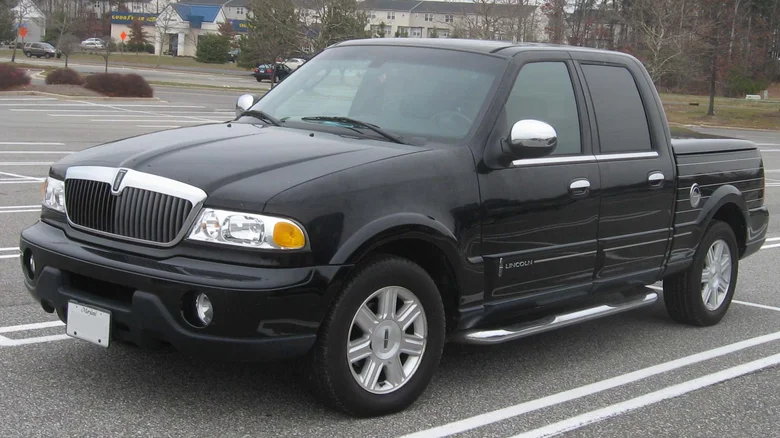
5. Lincoln Blackwood
Technically a luxury truck, the Lincoln Blackwood deserves a mention because it is perhaps one of the greatest examples of what happens when form is prioritized over function in the work truck world.
Introduced in 2002 and discontinued after just one model year, the Blackwood was Lincoln’s attempt to blend luxury SUV features with pickup truck utility. The result, however, was a bizarre and ineffective vehicle that failed to serve either purpose well and quickly found its way to scrap yards across the country.
The Blackwood’s problems started with its bed—or lack thereof. Instead of a traditional, useful pickup bed, Lincoln outfitted it with a carpeted cargo area lined in imitation wood, complete with a power tonneau cover. It was not waterproof, could not haul dirty or oversized materials, and had zero flexibility for work-related use.
For truck buyers who needed practical utility, this was an instant dealbreaker. For luxury buyers, the novelty wore off quickly once they realized they were driving a $52,000 curiosity with the usefulness of a sedan’s trunk.
Mechanically, the Blackwood was based on the Ford F-150 platform, but its 5.4L Triton V8 and 4-speed automatic transmission were tuned more for smoothness than strength.
The drivetrain wasn’t particularly reliable, and the Blackwood suffered from the same spark plug ejection and intake manifold cracking issues that plagued other Triton-equipped Ford vehicles of the era.
The ride quality was decent, but the suspension wasn’t built for any real hauling, and the towing capacity was unimpressive compared to other full-size trucks.
What truly doomed the Blackwood was its confused identity. It couldn’t work like a truck, and it wasn’t refined enough to compete with true luxury SUVs.
Within months, dealers were slashing prices, and resale value plummeted. Today, the Blackwood is a rare sight on the road—but not because it was collectible. More often than not, these trucks aged poorly, both mechanically and stylistically, landing them in junkyards not long after their debut.
Also Read: 5 Cars With Engines That Never Overheat and 5 That Are Cooling System Nightmares
The divide between a truck that lasts forever and one that ends up in the junkyard before its time often comes down to fundamentals: solid engineering, simplicity, and a focus on reliability over gimmicks.
Trucks like the Toyota Tacoma, Ford Super Duty with the 7.3L Power Stroke, and the Dodge Ram with the legendary Cummins engine have proven time and again that real-world toughness beats marketing hype every day of the week.
They may not have the flashiest features or most cutting-edge technology, but they do the job, day in and day out, with a kind of rugged honesty that buyers can count on.
On the other hand, trucks like the Dodge Dakota, first-gen Chevy Colorado, and the Lincoln Blackwood remind us that poor execution, over-complication, or misplaced priorities can ruin even the most promising ideas.
These vehicles often suffered from critical design flaws, unreliable drivetrains, or simply didn’t understand the needs of their target market. In the end, they failed to earn the trust of the people who rely on trucks to earn a living, and that’s why so many of them ended up gathering dust behind a fence at a salvage yard.
Whether you’re in the market for a workhorse or simply want to avoid a costly mistake, it’s clear that some trucks earn their keep while others fall short. Choose wisely, and your truck will outlast the job. Choose poorly, and it may just leave you stranded when you need it most.

